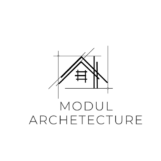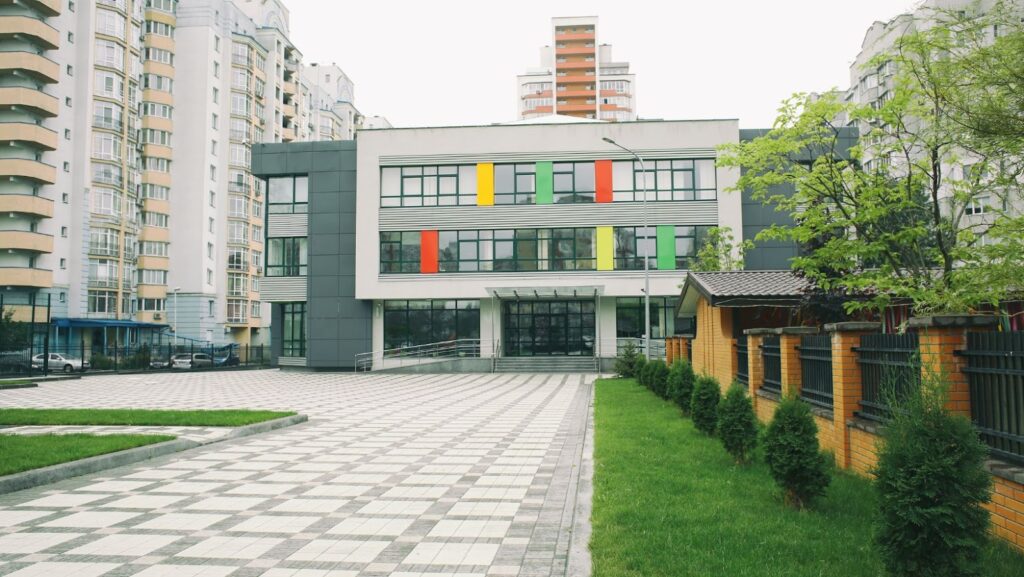Modern urban architecture is reshaping cityscapes across the globe, blending innovative design with sustainability. As cities grow, architects face the challenge of creating spaces that are not only functional but also environmentally conscious. This evolution in design reflects a shift towards structures that harmonize with their surroundings, offering a fresh perspective on urban living. Tools like an AI image generator are increasingly used in architectural design to visualize concepts and bring creative ideas to life, enhancing the planning process with detailed, photorealistic renderings. Emerging technologies and materials are at the forefront of this architectural revolution. From green roofs to smart buildings, these advancements are redefining the way urban spaces are designed and utilized. Architects are now tasked with balancing aesthetic appeal with practicality, all while considering the ecological footprint of their creations. As we explore the dynamic world of modern urban architecture, it’s clear that the future of city living is being crafted with an eye toward innovation and sustainability. This new era of design promises to transform how we interact with our urban environments, making them more livable and resilient.
Modern Urban Architecture
Modern urban architecture embraces innovation and sustainability, blending design with technology. Architects use emerging materials and smart systems to create structures that meet both aesthetic and environmental needs. For instance, green roofs reduce urban heat and provide ecological benefits. These spaces integrate nature into city life, enhancing both air quality and visual appeal. Smart buildings incorporate IoT (Internet of Things) for efficient energy management. They adjust lighting and climate controls in real-time, optimizing energy usage. Implementing renewable energy sources, such as solar panels, further decreases the carbon footprint. Mixed-use developments are gaining popularity in urban design. They combine residential, commercial, and leisure spaces within a single area, fostering community and reducing transportation needs. This approach supports a sustainable urban lifestyle by promoting walkability and reducing reliance on cars. New technologies and tools aid in the architectural design process. Building Information Modeling (BIM) allows precise design and construction planning. This technology improves collaboration among stakeholders and increases project efficiency. In modern urban architecture, flexibility is crucial. Architects design adaptable spaces to meet changing needs. Reconfigurable interiors accommodate diverse functions, making urban living more versatile and dynamic.
Key Features of Modern Urban Architecture
Modern urban architecture incorporates cutting-edge design and technology to address the growing demands of sustainable city living. It encompasses a variety of features that focus on ecological balance and urban functionality. Modern architecture prioritizes sustainability and eco-friendliness, reducing environmental impact by integrating green technologies. Green roofs and walls help mitigate the urban heat island effect, improve air quality, and enhance biodiversity. Energy-efficient buildings, equipped with solar panels and wind turbines, decrease dependence on non-renewable resources. The use of sustainable materials, like recycled steel and bamboo, further reduces carbon emissions. Moreover, water-efficient systems, including rainwater harvesting, promote resource conservation. These practices not only lower the ecological footprint of urban structures but also enhance the overall quality of urban life.
Influential Architects in Modern Urban Design
Modern urban design owes much to visionary architects who have shaped city landscapes. Among these pioneers is Zaha Hadid, known for her futuristic and organic forms. Her projects, like the Heydar Aliyev Center, exemplify innovative use of space and fluid architectural lines. Hadid’s work often incorporates advanced technologies, pushing the boundaries of traditional structures. Norman Foster, a leader in sustainable design, also plays a pivotal role in modern urban architecture. His work, such as The Gherkin in London, prioritizes energy efficiency and the integration of cutting-edge construction methods. Foster’s designs often feature extensive use of glass and steel, promoting natural light and reducing energy costs. Renzo Piano, celebrated for creating harmonious environments, contributes significantly to urban spaces. His projects, like The Shard, blend function and aesthetic appeal while enhancing city skylines. Piano emphasizes the importance of public spaces in urban design, incorporating elements that invite social interaction and connectivity. Frank Gehry, known for his deconstructivist style, has produced landmark buildings that challenge architectural norms. The Guggenheim Museum in Bilbao showcases his signature innovative designs with bold, unconventional shapes. Gehry’s work often incorporates reflective surfaces and dynamic forms, creating visually striking urban landmarks. These architects exemplify the fusion of innovation and sustainability in modern urban design, impacting city landscapes globally.

